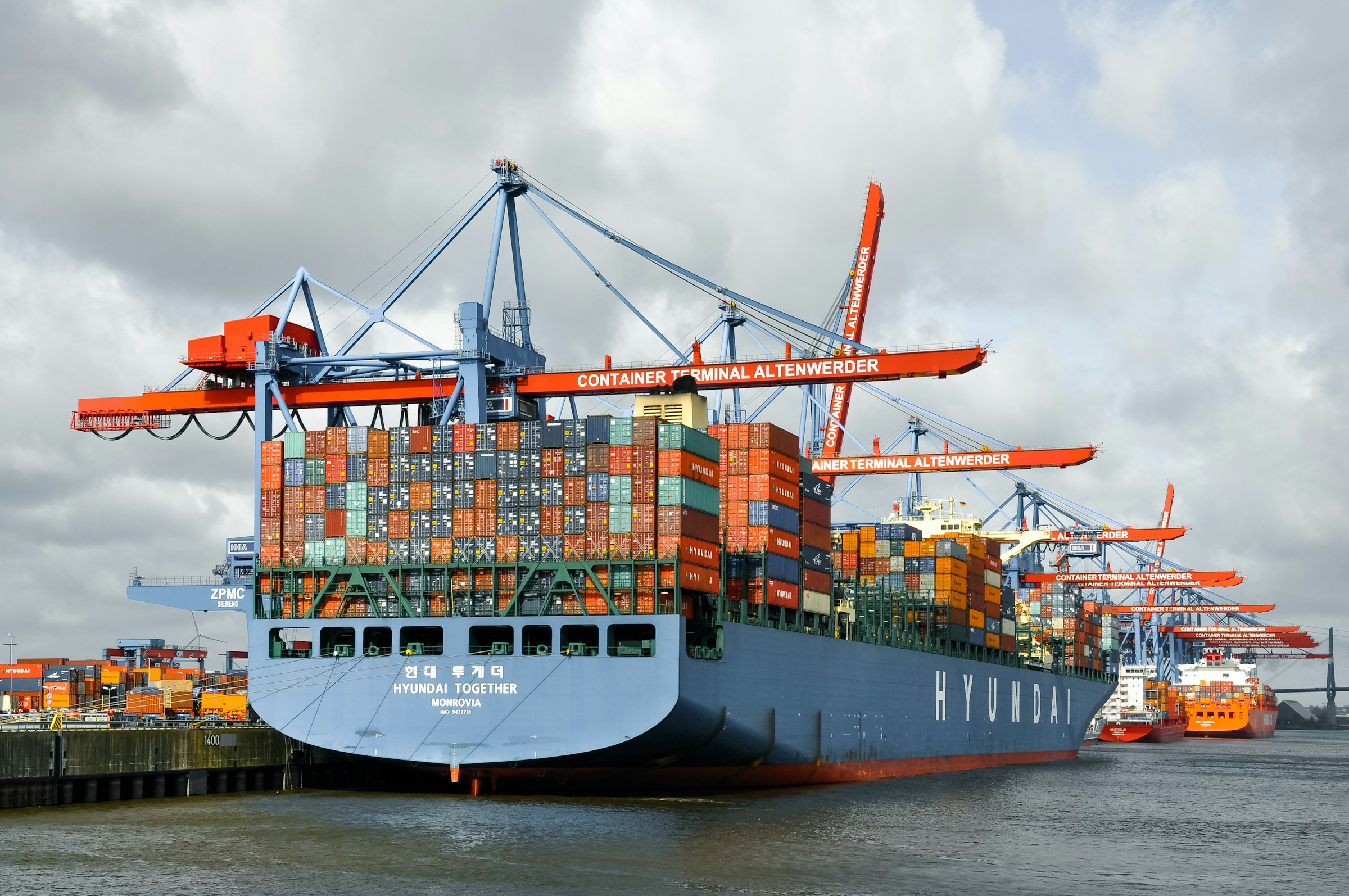The signal from Washington is unambiguous. The Treasury is recasting tariffs as a material revenue source within the fiscal toolkit, not a marginal trade penalty. Treasury Secretary Scott Bessent told a White House Cabinet meeting that the US could collect well above half a trillion dollars in annual customs duties this year, with momentum that might push toward a trillion depending on late-quarter flows. He revised his earlier US$300 billion pace higher after observing a pronounced step-up from July to August and anticipating a larger surge into September, a view that aligns with the administration’s recent tariff schedule.
The monthly receipts backdrop supports the claim. July’s customs duties jumped by nearly US$21 billion compared with July 2024, a move consistent with the tariff reset that took effect in early August. Treasury’s Monthly Statement lists customs duties of roughly US$28 billion for July 2025 versus US$8 billion a year earlier, underscoring a sharp year-on-year inflection that is unusual for a mid-summer tax month.
By August 22, Treasury’s Daily Statement showed year-to-date deposits credited under “DHS – Customs and Certain Excise Taxes” at US$29.6 billion for the month, already matching the whole of July’s combined customs and excise tally. Day-to-day volatility is common in these flows, yet the intra-month cadence implies a higher plateau as new rates bite.
The policy architecture explains the step change. On August 7, broad increases took hold across trading partners and product groups, following a stream of executive actions through the summer that raised the effective tariff burden. Independent fiscal researchers tracking the schedule describe the August 7 state of play as a comprehensive elevation in average rates, which aligns with the observed revenue performance in July and August. The precise mix varies by category, but the directional pressure is clear.
This is not just a trade story. It is a deficit-management story. The Congressional Budget Office now estimates the tariff program could reduce federal deficits by about US$4 trillion over ten years, up from a US$3 trillion estimate in June, as higher collections and interest savings compound. That revision provides political and market cover for a heavier tariff stance by tying it to fiscal consolidation objectives in a period of elevated debt issuance.
The revenue narrative also intersects directly with the Republicans’ tax-cut and spending law enacted in July. CBO’s scoring shows the package increases cumulative deficits by roughly US$3.4 trillion over the next decade, a figure policymakers have openly referenced when arguing that tariff proceeds can offset part of the deterioration. The juxtaposition matters for bond markets, since the net effect on issuance and term premia will depend on whether tariff collections scale as quickly as the outflow side of the ledger.
Policy-wise, the administration is signaling that it sees tariffs as a dual-use instrument: leverage in trade negotiations and a cash-flow stabilizer for the Treasury. That framing shifts the debate from whether tariffs “work” in abstract growth terms to whether the associated fiscal inflow is durable enough to underwrite other priorities without amplifying downside risks. Two sensitivities stand out. First, tariff revenue is a function of import values and compliance. If volumes soften or trade diversion increases through partner re-routing and de minimis channels, collections can undershoot just as quickly as they surged. Second, pass-through costs to corporates and consumers create feedback into margins, pricing, and eventually nominal imports, which again loops back into the receipts line.
Market behavior is already adjusting. Importers with high US exposure are renegotiating contracts, re-staging supply chains through lower-tariff hubs, and accelerating domestic substitution where feasible. Financially, the front end of the US curve will watch the receipts path as a near-term proxy for gross issuance needs, even as the longer end remains more sensitive to the structural deficit path embedded in the July law. If tariff collections maintain a monthly run-rate consistent with July and August, the Treasury’s quarterly refunding calculus could tilt marginally toward shorter tenor reliance with less pressure on long-duration auctions, at least temporarily.
For Asia, this re-pricing lands unevenly. Exporters to the US will face margin compression or price adjustments, depending on the degree of bargaining power and domestic currency flexibility. Trade hubs that can intermediate compliance and logistics at scale may see near-term benefit from diversion, while upstream suppliers without easy re-labeling options will absorb more of the tariff wedge. Singapore and Hong Kong will track the capital-flow side. If the US deficit trajectory looks better on the back of tariff receipts, dollar assets gain relative appeal, which can translate into episodic portfolio outflows from the region. Sovereign allocators will separate signal from noise by distinguishing between a one-off step-up in duties and a stable policy regime that provides multi-year predictability.
The political economy context cannot be ignored. Tariffs that function as a fiscal backstop are harder to unwind, particularly if they become embedded in revenue forecasts. CBO’s upgrade to a US$4 trillion deficit reduction over a decade gives fiscal hawks a reason to defend the regime, even as trade economists argue about efficiency losses and incidence across income groups. Markets will parse the next few Daily and Monthly Treasury Statements, along with any adjustments to the tariff schedule emerging from negotiations or litigation, to determine whether July–August was a true regime shift or a short-term spike.
What it signals is straightforward. Washington is testing a model where tariffs are not just bargaining chips, they are revenue anchors. The arithmetic now supports that claim, but the durability depends on behavior, enforcement, and global supply responses. The posture looks fiscally constructive in the near term, yet the wider system cost will only surface in margins, prices, and trade volumes over the next few quarters. In that sense, the policy may appear revenue-accretive, but its capital-allocation consequences will take longer to fully reveal themselves.






.jpg&w=3840&q=75)








